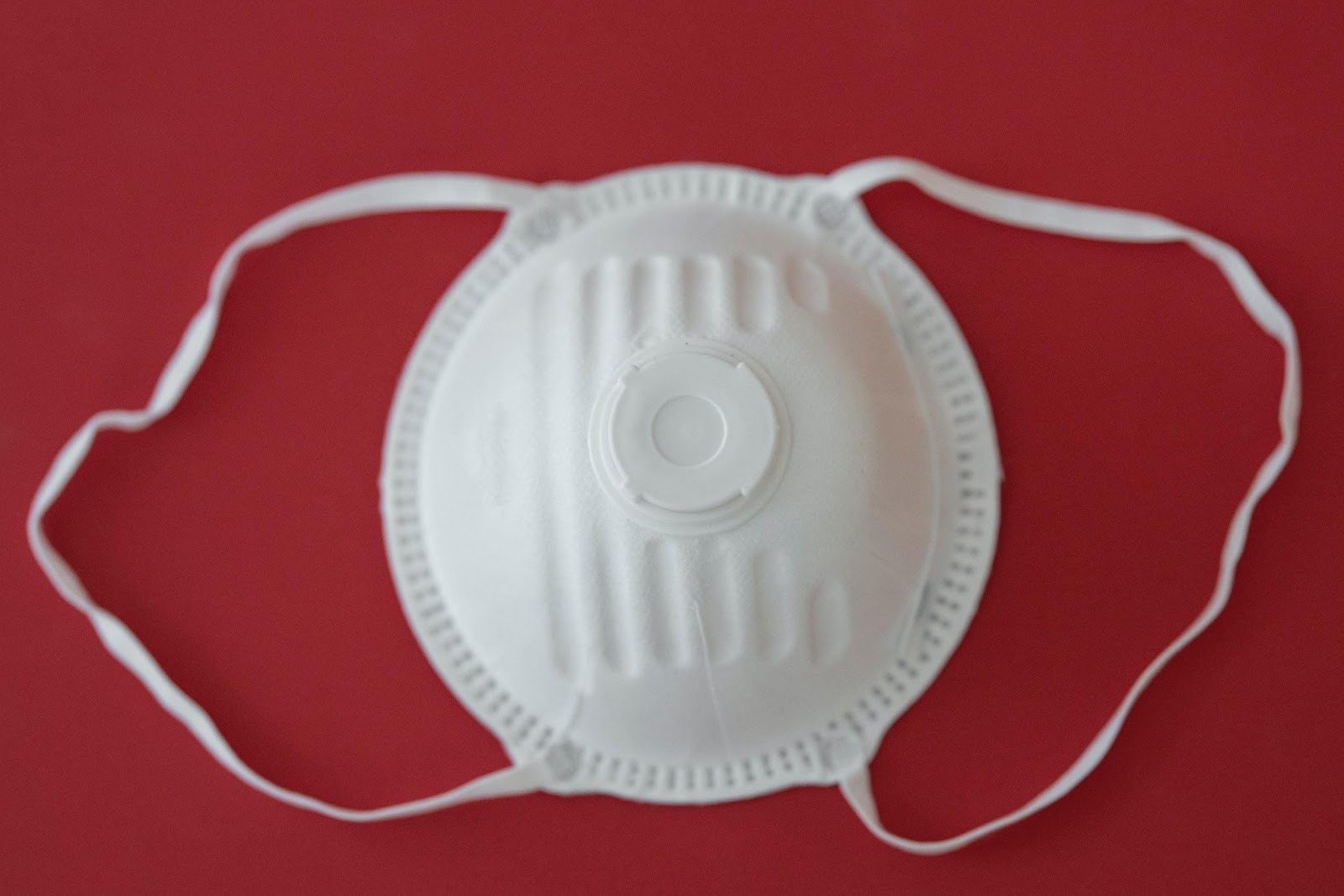Best Materials to Make Self Protection Masks to Prevent the Spread of Covid-19

Preventing the spread of COVID- 19 is the priority for many. As we begin circulating actively again within the general public, taking measures to limit contamination is a big concern. This is especially true for those in high risk environments or occupations such as grocery store clerks, pharmacy workers, and other essential industries where avoiding contact is basically impossible. [5]
Masks are presumed to help prevent the method of infection by aerosol droplets and particulate matter lingering in the air. In this fight against this disease, there are many DIY guides circulating on how to assemble them at home due to the limited availability of professional medical grade masks. Under the same umbrella, there is a mountain of scientific evidence outlining some guidelines on “mask efficacy” and whether the use of non-medical grade masks is indeed helpful. [3,4, 5]
DIY Cloth, Surgical, or the N95 Respirators – Here is what you need to know
The adoption of home assembled DIY masks, though not the same as surgical or N95 respirators, are viewed as rather a companion effort to ward off contamination alongside handwashing and other safe practices. We understand the philosophy of “it can’t hurt” to have some sort of protection, especially given the dire situation the country is in. However, let’s lean on sound documentation of what might be interpreted as a best practices when it comes to DIY masks. [3]
As suggested by medically experts or government-based guides:
- Fit Matters: Whatever DIY method you choose, the mask should fit firmly upon the bridge of the nose
- Multiple Layers: Most fabric made masks should be layered in double or triplicate for optimal protection.
- Wash: Wash your hands following application of the mask and Wash mask after each use or discard.
- Purchase: Buy materials or masks from small businesses and not medical outfits to make sure medical personnel is able to secure the medical supply.
Surgical Mask vs. N95 – what is the difference?
Surgical masks are not the same as particulate respirators. Surgical masks do provide adequate barrier-based protection against droplets, including large respiratory particles, but do not perform well against small or nano-particulate matter or aerosols. [4]
The N95 respirator is a very effective source of protection against 95% of airborne particles. [1]
Finding materials to make protective masks near or as good as a medical grade mask might be difficult considering the supply chain is severely limited.
What materials may work as an alternative?
|
Type of Material |
Level of Protection |
|
Cotton Fabric |
Limits the exposure to droplets in the air due to sneezing and coughing. Not graded as PPE; Effective when used as in two-layers. |
|
Qualitative Paper |
Can be modified well for design and fit. Due to pore size, 3 layers of paper is recommended for optimal efficiency. Not graded as PPE |
|
Tested to 3.0 microns identical protection to that of a surgical mask. |
|
|
Coffee Filters/Paper Towels |
Must be layered to be effective and there are problems with design and secure fit. |
|
Plastic |
Can be designed to make an effective face shield; efforts to create and design a fit determines optimal protection. |
Staying Safe During COVID-19
Many have worries and anxiety about staying safe while we endure the COVID-19 pandemic. What we know is that using common sense alongside the recommended best practices will go far towards protecting our families and friends.
We thank our industry partners who are working to construct masks from various materials and donating them to essential workers and others in need. Sterlitech proudly supports the effort to prevent the spread of COVID-19.
References:
- https://www.cdc.gov/niosh/npptl/topics/respirators/disp_part/n95list1.html
- Milton, D. K., Fabian, M. P., Cowling, B. J., Grantham, M. L. & McDevitt, J. J. Influenza virus aerosols in human exhaled breath: particle size, culturability, and effect of surgical masks. PLoS Pathog. 9, e1003205 (2013).
- https://knowm.org/a-current-list-of-diy-masks-for-the-covid-19-pandemic/
- https://pubmed.ncbi.nlm.nih.gov/24229526/
- https://www.cdc.gov/coronavirus/2019-nCoV/index.html
- Most Viewed Blog Articles (5)
- Company News (285)
- Emerging Technologies (64)
- Microbiology and Life Science News (93)
- Water and Fluid Separation News (97)
- Filtration Resources (93)
- Product News (19)


![Join Sterlitech at BIO 2024 [Booth #5558]: Exploring the Future of Biotechnology](https://www.sterlitech.com/media/blog/cache/300x200/magefan_blog/b4.jpeg)



